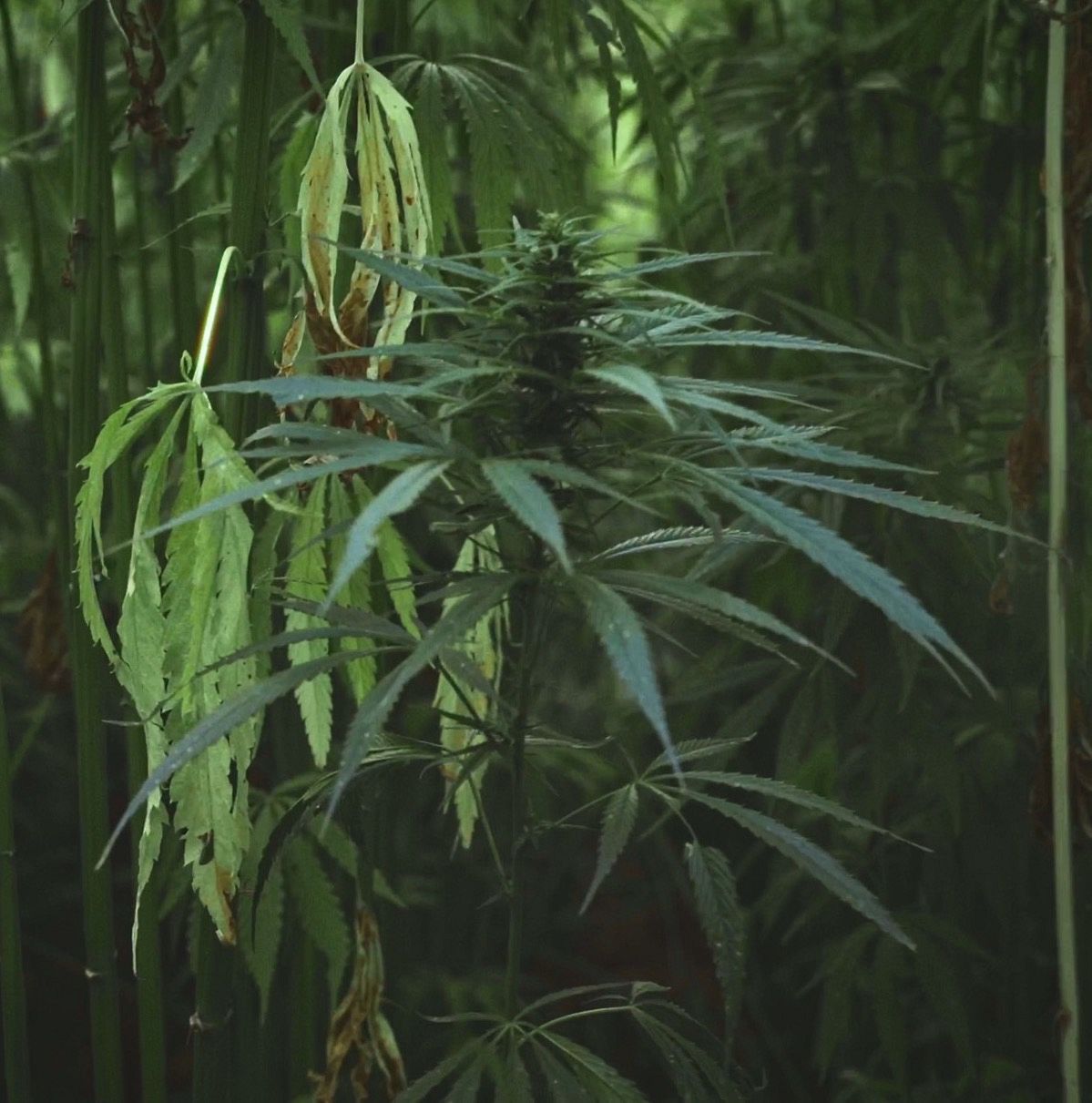
Aleksandra Chargeshvili
Keywords: Human and nature, Natural textile, Craftsmanship
charsasha10@gmail.com
www.instagram.com/sashastillsasha?utm_source=ig_web_button_share_sheet&igsh=zdnlzdc0mzixnw==
Weaving Narratives of Hope explores the forgotten textile and industrial heritage of Cannabis sativa (hemp) and reflects on the relationships between craft, nature, and technology through the lens of the plant.
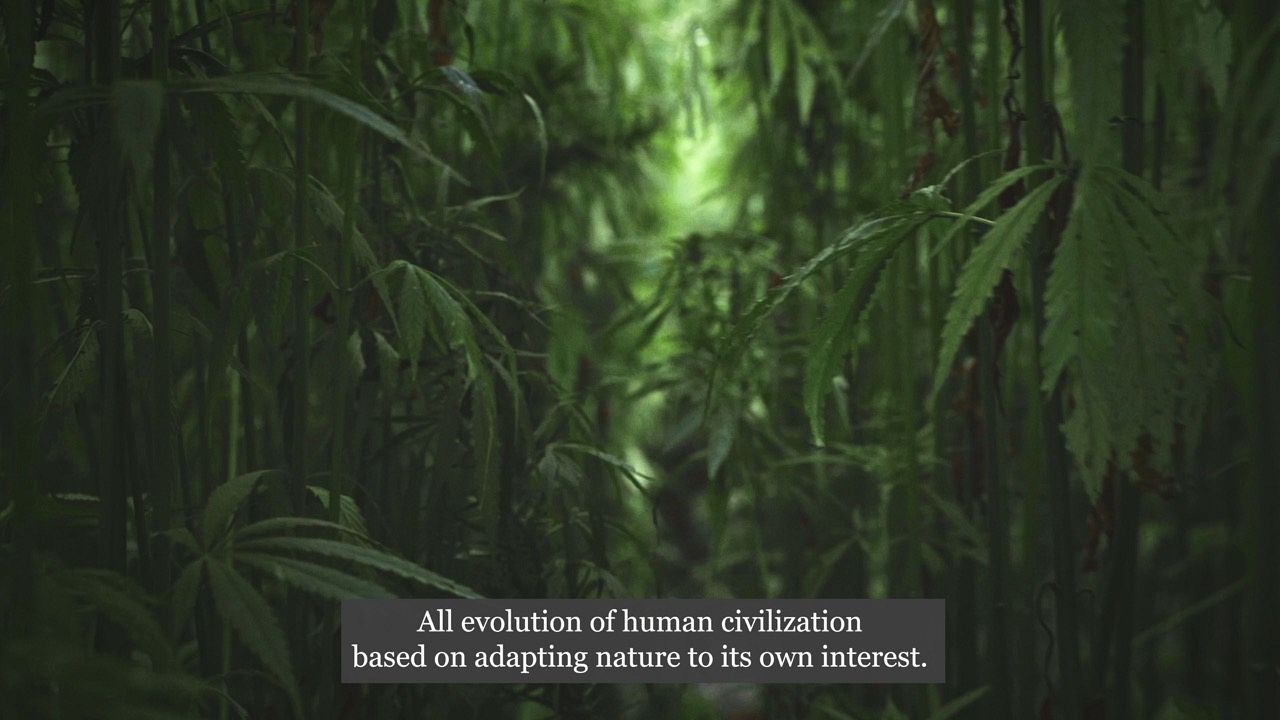
The project consists of two parts.
The first is a 23-minute documentary road film that takes us to rural central Russia, home to the Indigenous Mordvin people, whose connection to the land is linked to the heritage of hemp textiles (Cannabis sativa).
Shot in the Republic of Mordovia and the Penza region, the documentary combines archival footage and interviews with various individuals (USSR hemp workers, bast culture scientists, an ancestral knowledge keeper) whose lives have been profoundly impacted by hemp. Film bridges the textile craft heritage of the past with today's ecological and cultural needs, advocating for a renewed relationship between humans and nature.
The second part consists of a series of hemp tapestries, including both fully hand-woven pieces and those created with hand-manipulated techniques and digital technologies. The tapestries are dyed with indigo, madder, turmeric, eucalyptus, and charcoal.
These tapestries serve as artifacts of a potential future industry, encouraging reflection on the value of natural versus synthetic materials, human-hand versus technological creation, and the culturally specific versus the globalised.
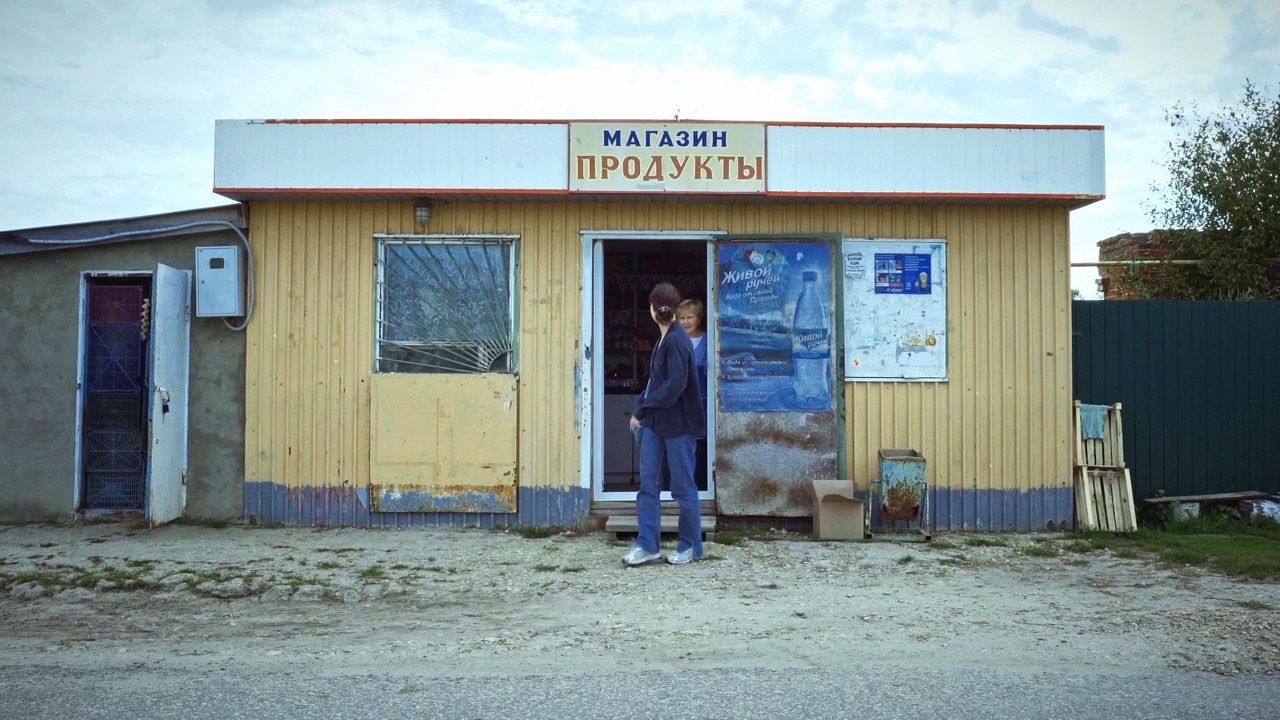
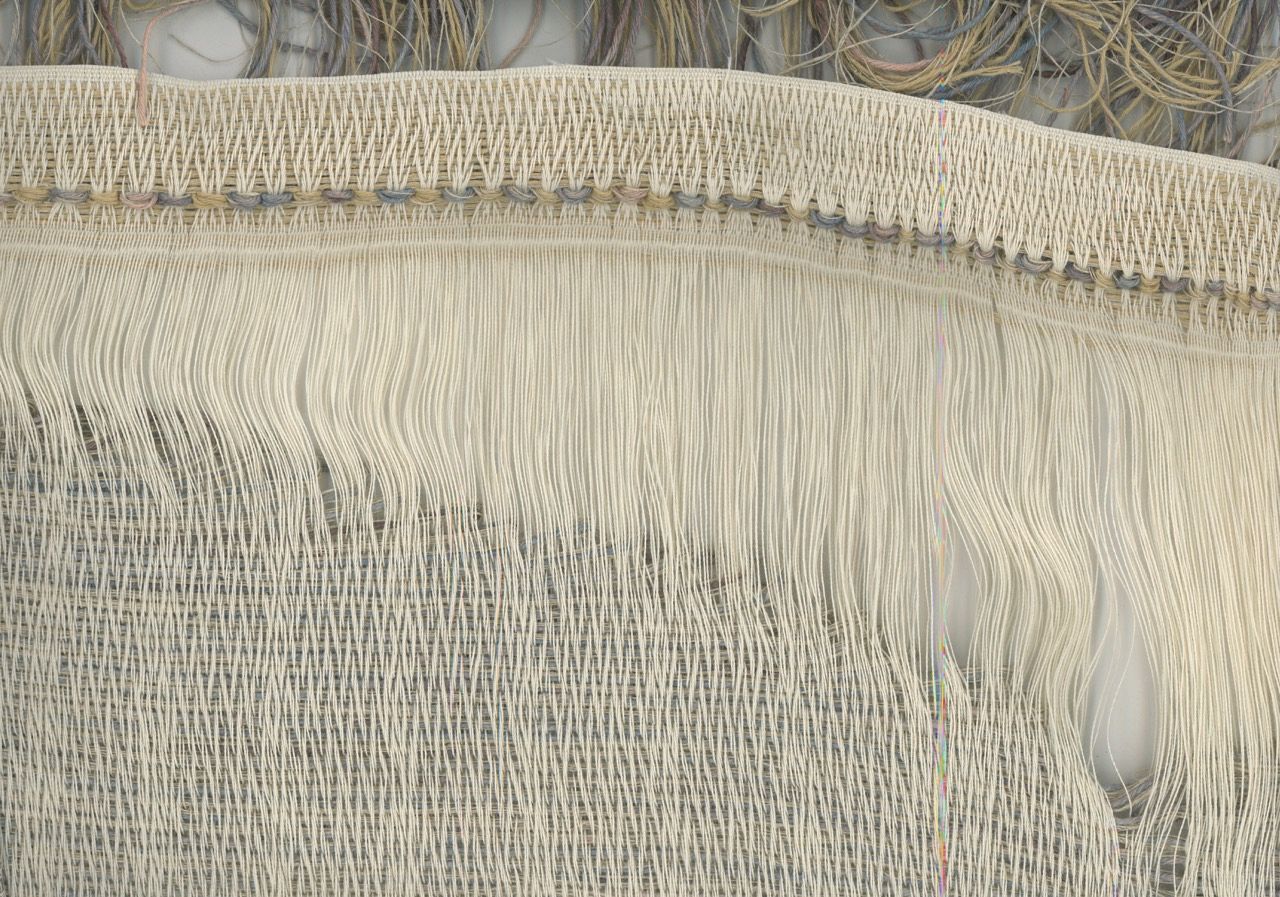
As a painter with a desire to use sustainable materials, I discovered that Cannabis has long been associated with canvas making. My research revealed that this plant was successfully industrialised and then almost entirely forgotten over the last sixty years. The extent of the industry's loss and the traditions associated with this plant were hard to believe. This motivated me to conduct extensive research, through which I found regions where not only hemp factories were once integral to the regional economy, but also hemp was central to the textile practices of the Indigenous Mordvins.
Using the concept of ‘natureculture’ developed by anthropologist Bas Verschuuren, I began to theorise my research by recognising nature and environmental conditions as inseparable from cultural genesis.
According to Verschuuren, ‘intangible cultural heritage, transmitted from generation to generation, is constantly recreated by communities and groups in response to their environment, their interaction with nature and their history, and provides them with a sense of identity and continuity, thus promoting respect for cultural diversity and human creativity.’1
My focus is the industrial sector, and the need to develop an approach that respects both climate and cultural heritage while producing.
1 Craig Groves (ed.), Cultural and Spiritual Significance of Nature: Guidance for Protected and Conserved Area Governance and Management, Gland, Switzerland: IUCN, 2021, p. 19, accessed through https://doi.org/10.2305/IUCN.CH.2021.PAG.32.en.


Weaving Narratives of Hope emphasies the urgent need to reintroduce natural materials into today's world by highlighting their ecological potential and their connection to culture through craftsmanship.
Technologically, we have not been able to automate production that uses natural materials and craft techniques. Instead, we have replaced their immeasurable variety with synthetics and inferior automated processes. We have disrupted the constructive relationship between nature and humans that was central to our physical and psychological well-being. This shift has led to global environmental crises and severed the connection between humans, our cultural heritage, and nature. To counteract this loss, I am turning to traditional crafts such as hemp weaving and trying to combine flexibility of artisanal technique with modern technologies.
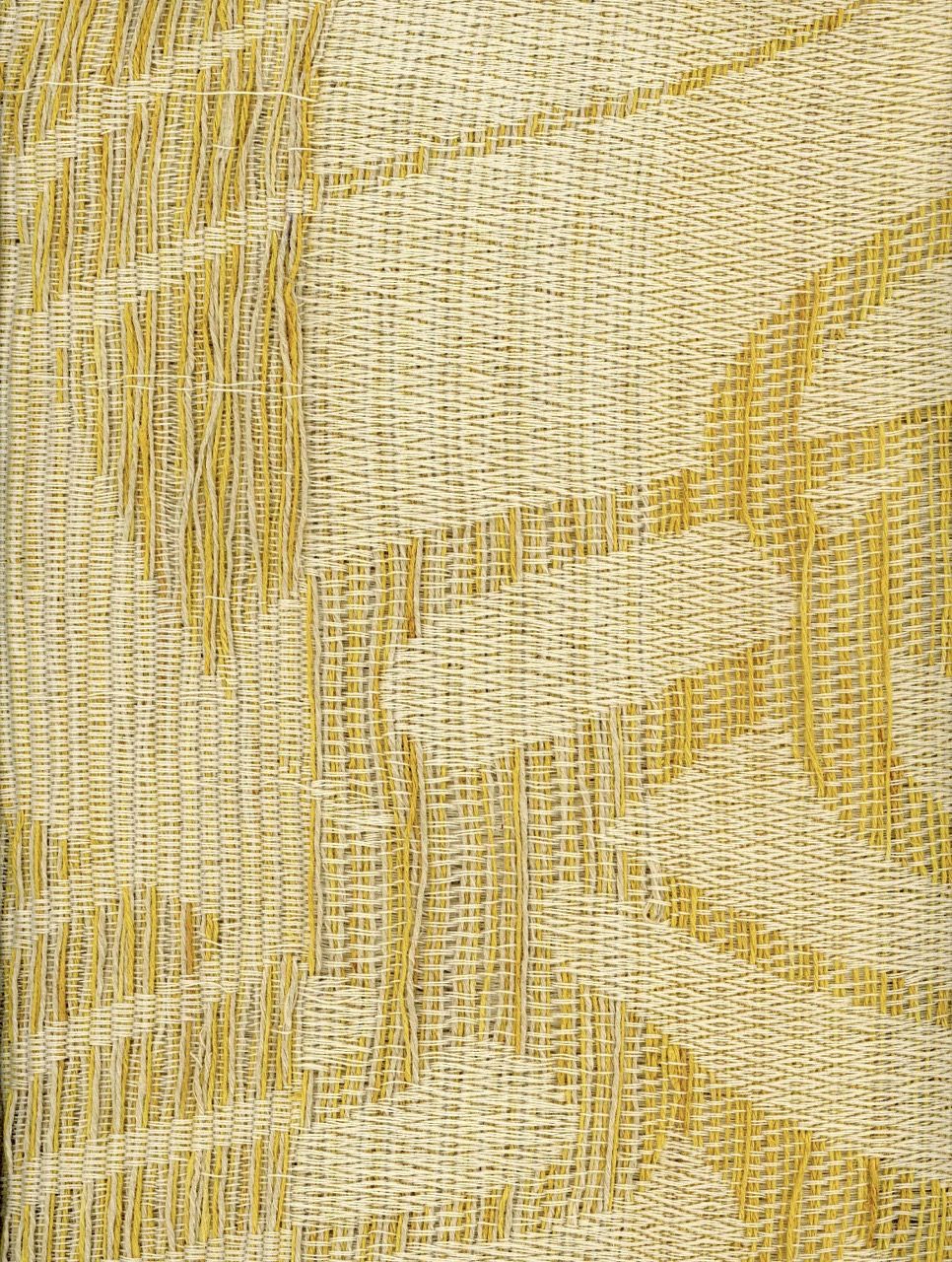
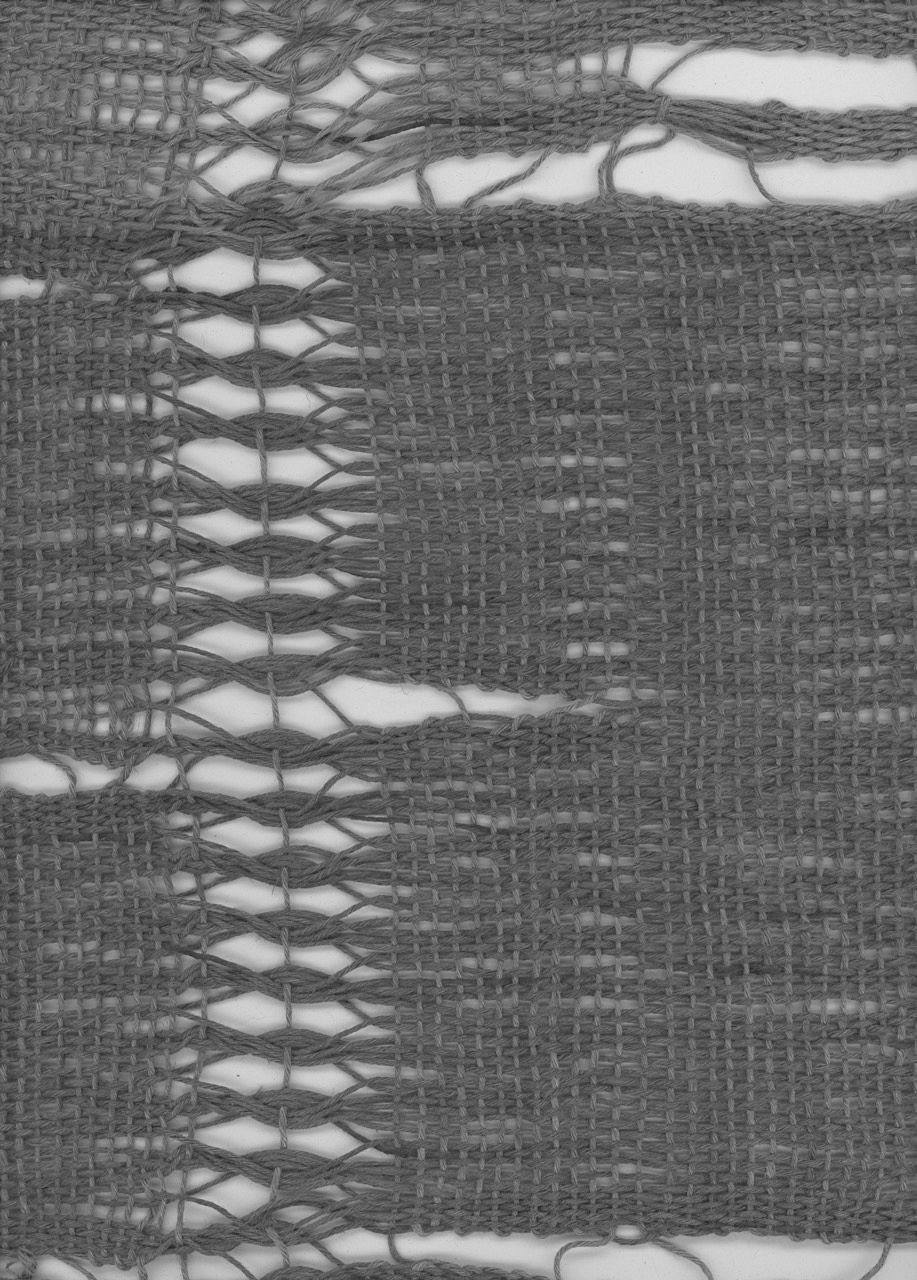
By focusing on the hemp industry and weaving practices, the work illustrates that sustainable development is possible when human involvement is honoured rather than hidden, when natural materials are respected rather than abandoned in favour of synthetics, and when techniques are supported by technology rather than replaced by it.
This project is a call to action to recognise and name this connection and to adopt a more nuanced and ecological approach to production, one that respects both the planet and the rich fabric of human creativity and traditions.

